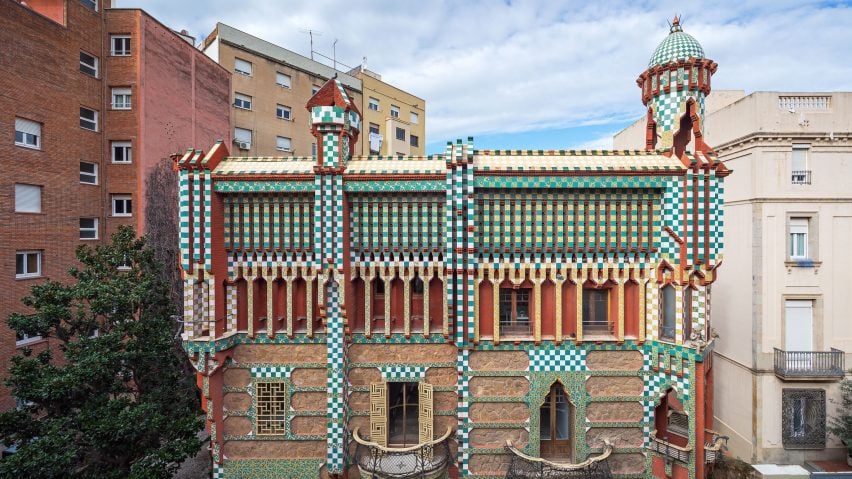
Gaudí's first house set to open to public for first time
The first house designed by Spanish architect Antoni Gaudí will open to the public this autumn, following a major restoration.
Featuring colourful tiles and ornate details, Casa Vicens was built by Gaudí between 1883 and 1885, as a summer home for real-estate broker Manel Vicens i Montaner.
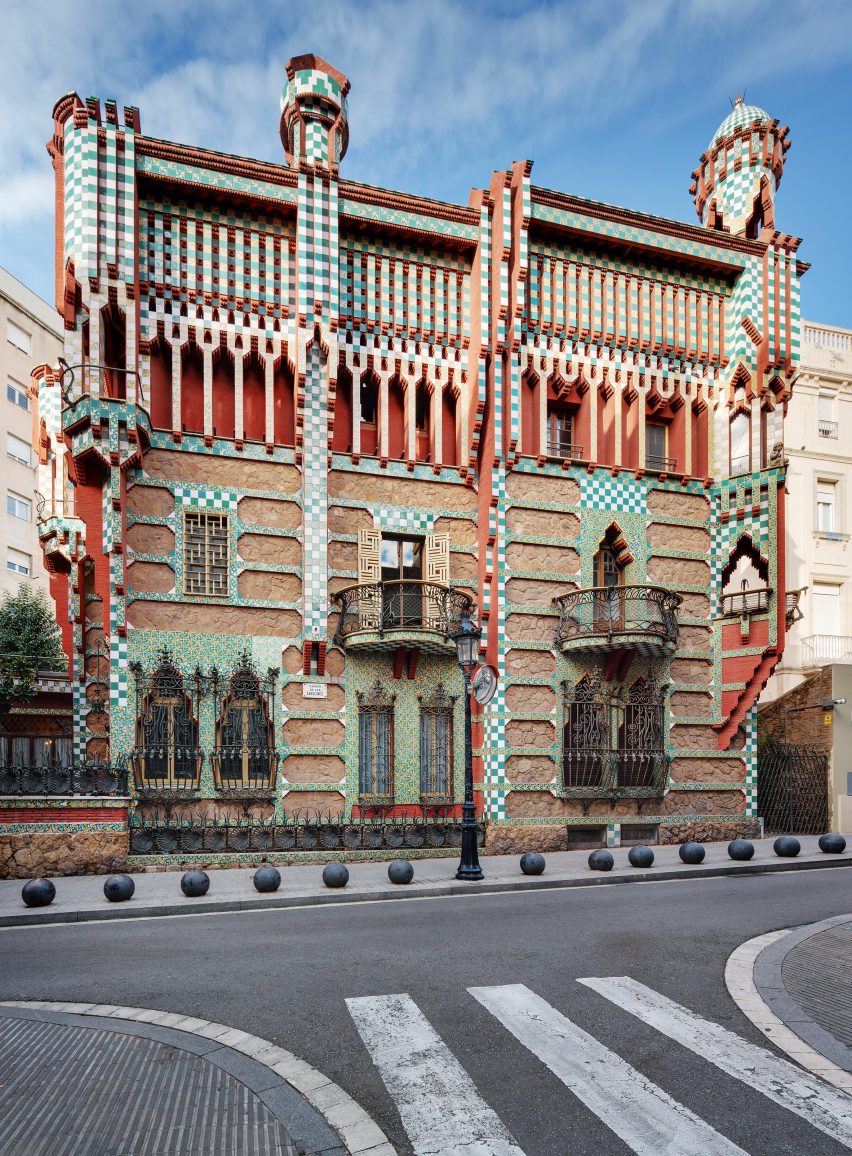
Not only was it the first house designed by the Catalan modernist, it was also his first completed building in Barcelona, where he went on to create masterpieces including Casa Batlló, Park Güell and the still yet-to-complete Sagrada Família.
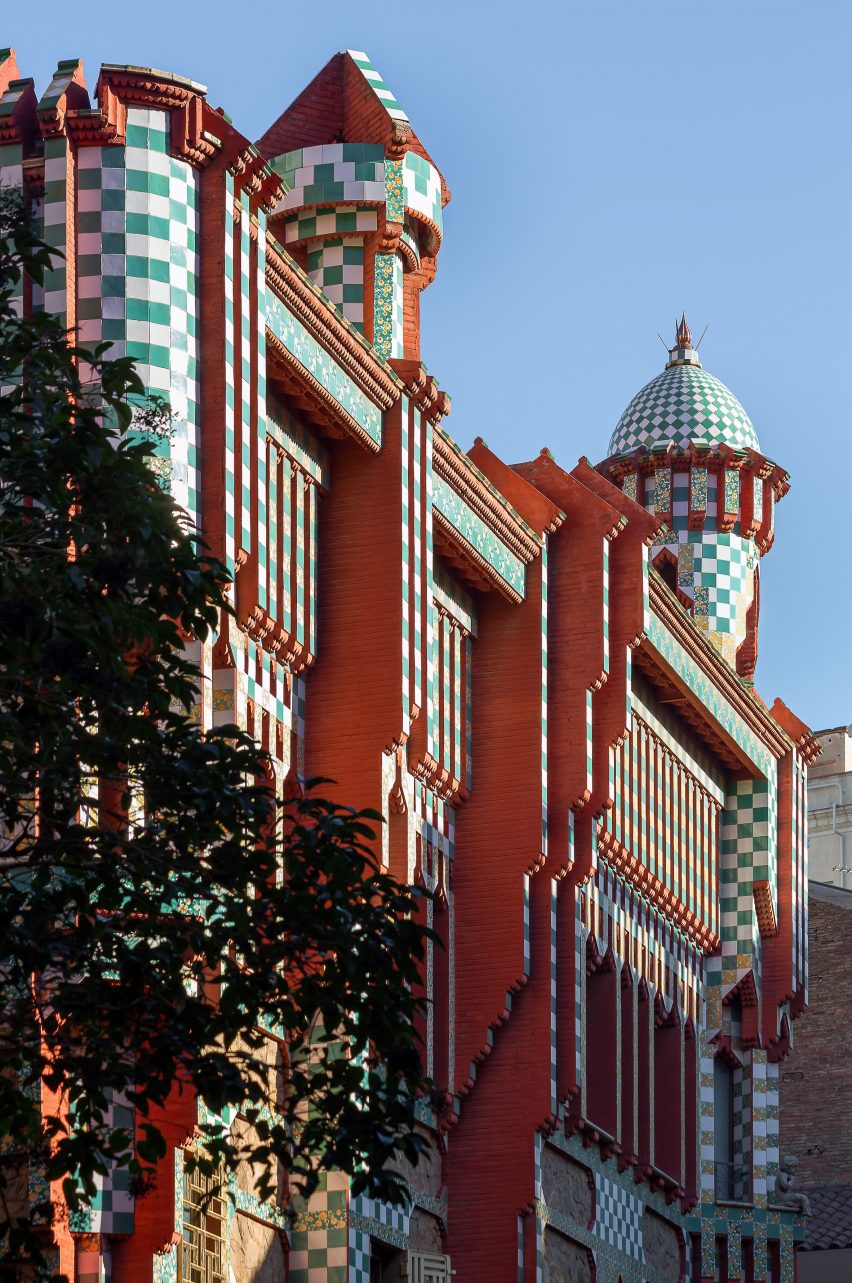
Until now the house has always served as a residence, having been converted into three apartments in the 1920s, then used as a single-family residence for almost a century.
But it is now set to open as a museum, following an extensive restoration led by architects José Antonio Martínez Lapeña and Elías Torres, of Martínez Lapeña-Torres Arquitectes, and David García of Daw Office.
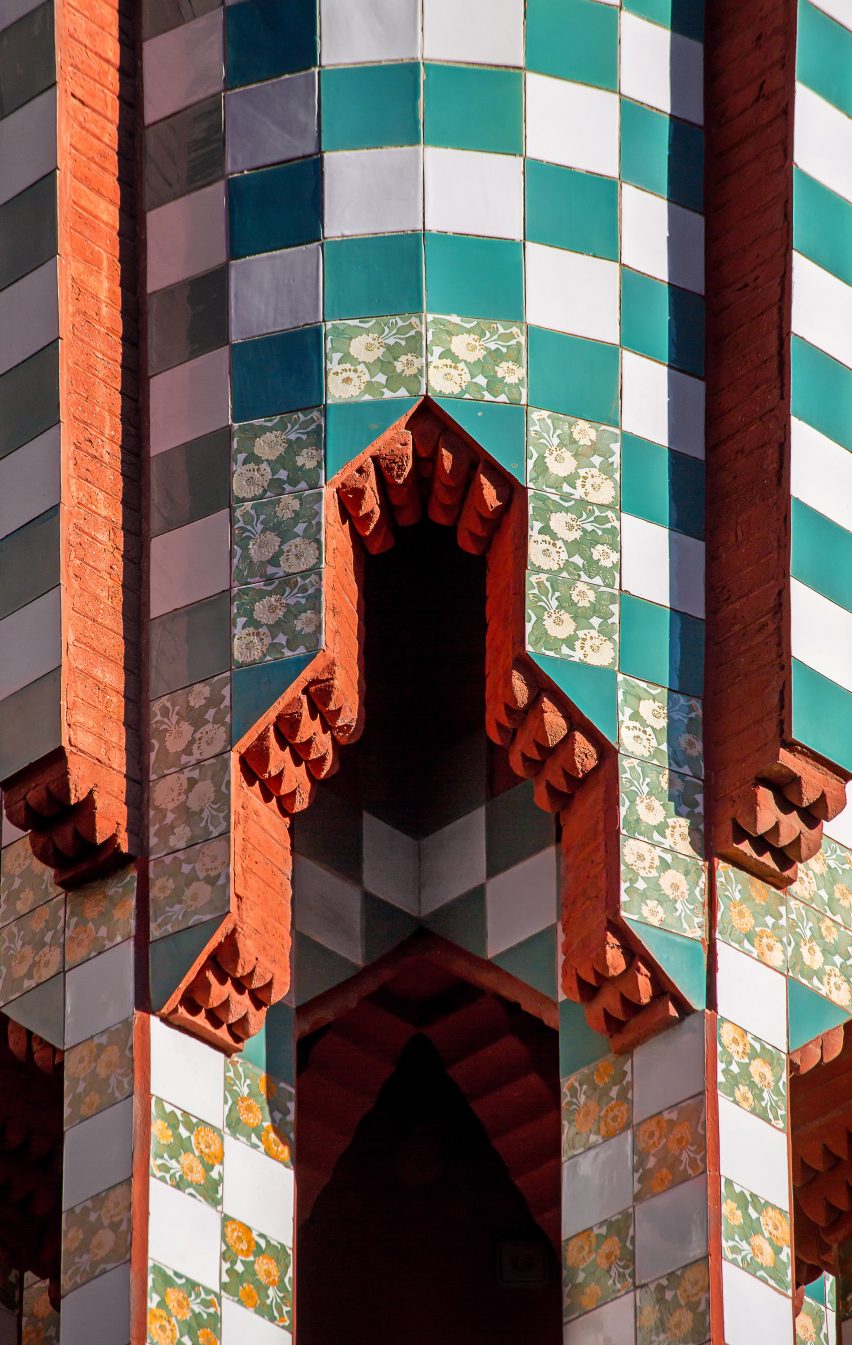
The project has been underway since April 2015, but construction only began in September 2016. The building is expected to be ready to open its doors in autumn 2017.
Gaudí died in 1926 – although still managed to rank at number 196 on the inaugural Dezeen Hot List, which charted the names readers were most interested in last year.
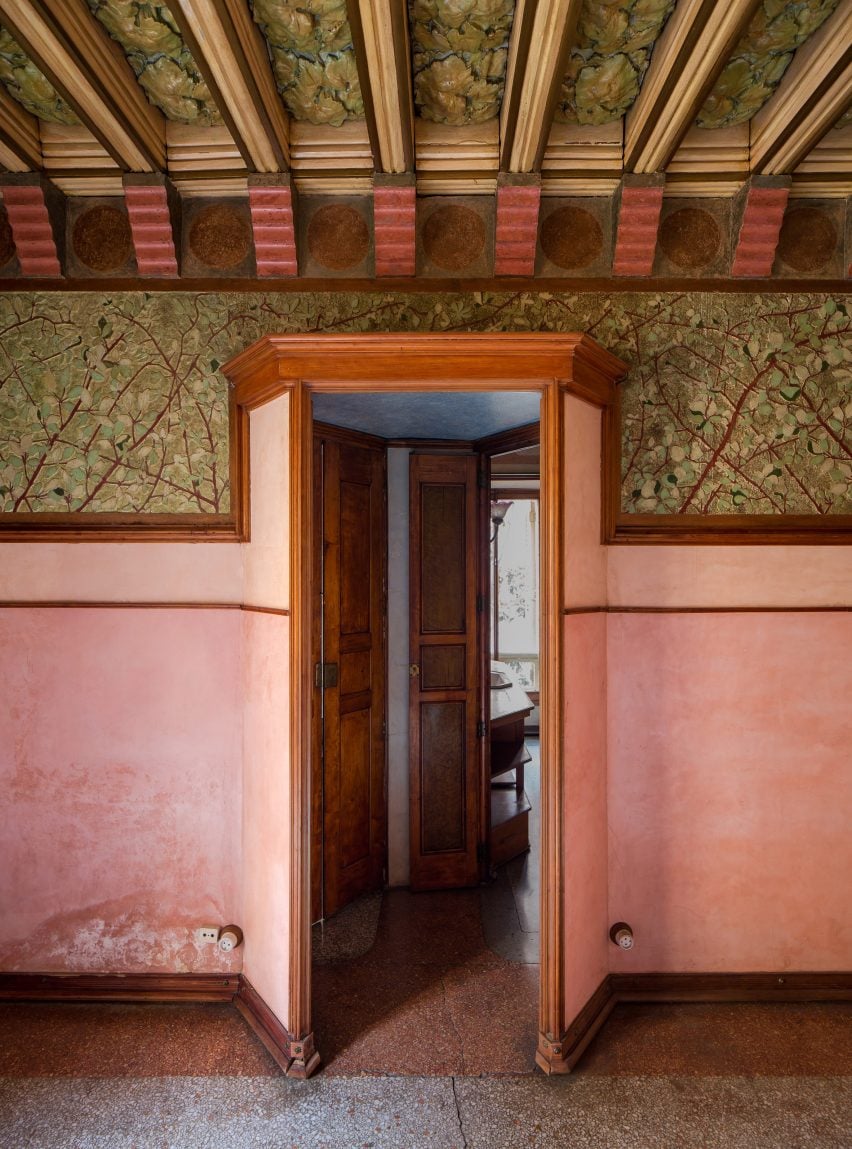
Casa Vicens is one of eight projects that the architect built in or near Barcelona that are recognised by UNESCO as world heritage sites, but will be the last to open to the public.
Even the Sagrada Família – which is on track to complete in 2026, coinciding with the centenary of the architect's death – has been open to the public on and off for decades.
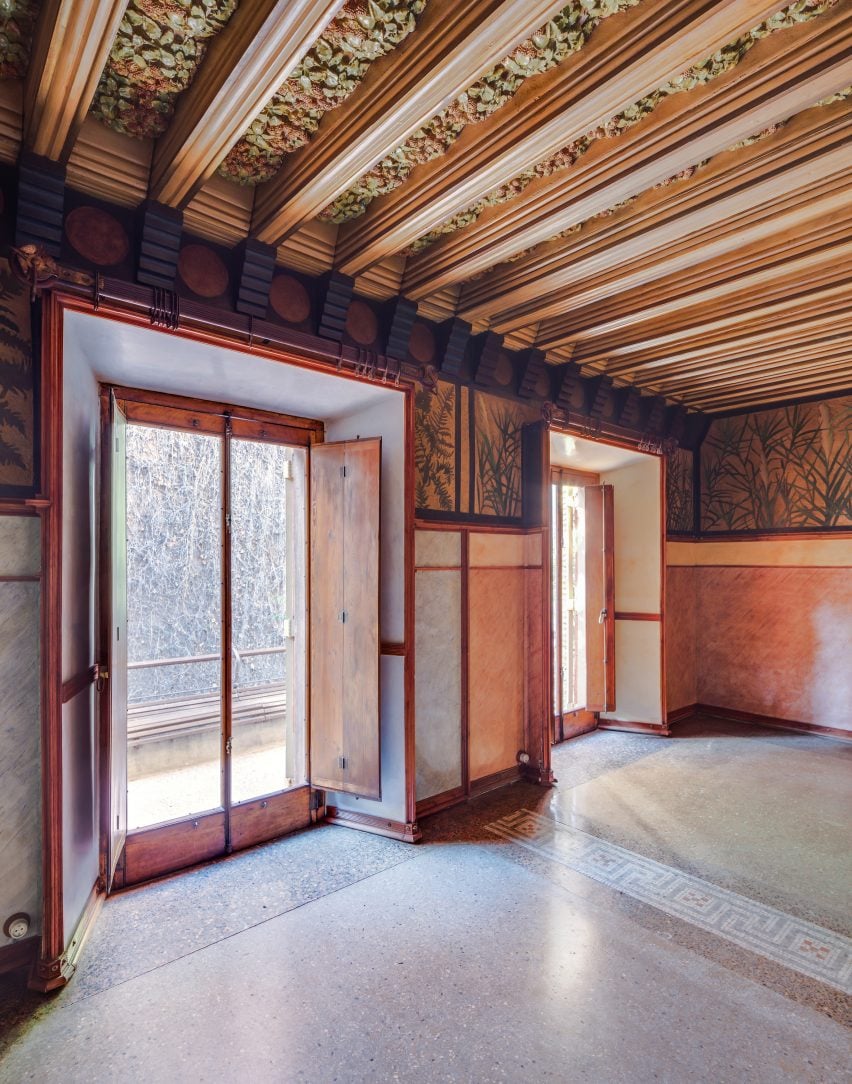
The house was one of the first examples of the architect's reinvention of gothic and art-nouveau forms, resulting in a style that had not been seen in Catalonia before. It made use of Catalan construction traditions, but also integrated decoration and symbolism.
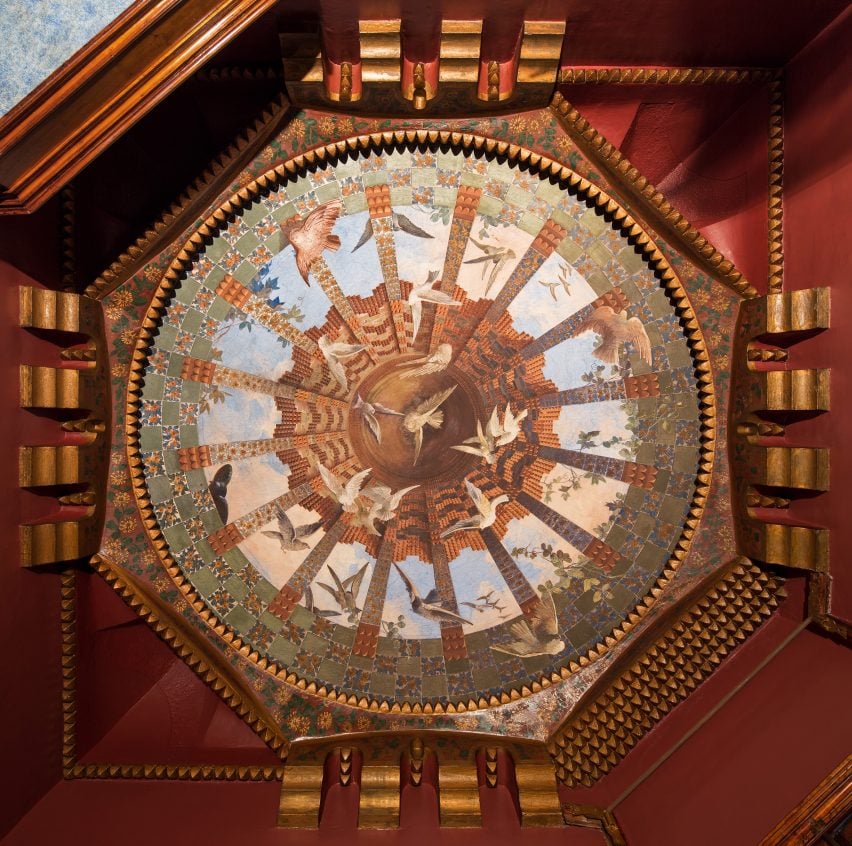
"In Casa Vicens, Gaudí recreated the figurative worlds that were fashionable at the time, but in a highly personal way," said the project organisers.
"As a whole, it heralds and displays the creative freedom that would become the hallmark of his entire future oeuvre."
The restoration is backed by MoraBanc, a banking company based in Andorra.
Photography is by Pol Viladoms.